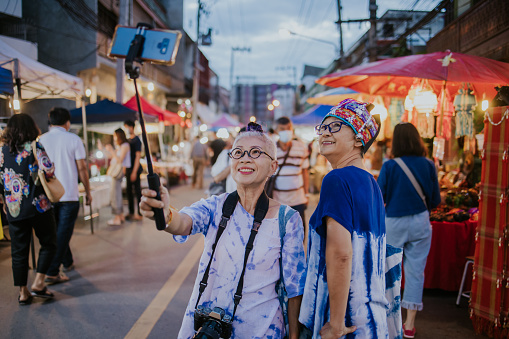Social media vs traditional Media – Which will continue to perform well ?
Social media is continuing on the rise and these growing demands are
making it the most used platform in the world . There are exactly more
than 1 Billion people publicly active on all of the social media platforms
combined and the growing demand in the near future is only making it
sky-rocketing . Professionals are still claiming social media is “on the
rise. The worldwide social media analytics market is set to grow from
$1.6 billion in 2015 to $5.4 billion by 2020. Are we still defining it as
“rising” because we are expecting it to eventually plateau? Or is it
because we are still comparing it to traditional media, which did rise and
eventually began to decline?
I believe that this sense of “either/or” is wrong and that we need to look
at the two together, from both a measurement and programming
perspective.
Here are a few of the reasons that there are immense differences
between traditional and social media:
- Social media reaches a maximum audience, while traditional
media’s audience is generally more targeted.
- Social media is versatile (you can make changes once
published), whereas traditional media, once published, is set in
stone.
- Social media is immediate, while traditional can be delayed due
to press times.
- Social media is a two-way conversation, and traditional is
one-way.
- Social media often has unreliable demographic data, but
traditional media is more accurate.
There is a Shift in Mentality among the people .
When we rely on social media to replace traditional media in scenarios
where budgets are tighter or turnaround is shorter, it seems like an
unjustified decision. There are places where social media cannot replace
traditional — such as developing strategy for regions without strong
online presences, or when self-reported demographic data will not
suffice.
Therefore, thinking about both as steps within finding, converting and
keeping customers seems like a mentality shift we all need to make. This
has already proven true.
According to Neilson , 92 percent of consumers trust earned media such
as word-of-mouth. In many brands’ eyes today, a perfect closed loop of
mixed media efforts would mean that the content first went viral, and
then changed consumer sentiment toward a buying decision. Looking at
strategies focusing on the changing consumer rather than the type of
media may help us become better content strategists.
Where do we begin to change and shape the way professionals think
about this media battle? At the core of it, educational systems are
changing the curriculum in marketing programs to focus on social
media.
A resume from a candidate that focuses only on social media marketing
would likely be too siloed.
Four years ago, U.S. News & World Report published a piece on avoiding
social media MBAs. Since as early as 2010, schools have been offering an
MBA in social media marketing alone. Closing the loop means focusing
on social media marketing as a subset, but layering in other expertise,
such as big data analytics, storytelling, viral marketing, data visualization
and traditional journalism.
For companies and brands that are disrupting the status quo, this battle
is over, and new-age marketing has begun.
This war of Social media and traditional media will continue to rise up
till the evolution of Mankind .I hope that you’ve liked this article.
Related Posts


















